50 years of Calvert & Kinneir’s road signs
In 1965, Margaret Calvert and Jock Kinneir’s road signage system became mandatory on British Roads. A series of events by Made North and Sheffield Design Week will mark 50 years of the iconic information design project.
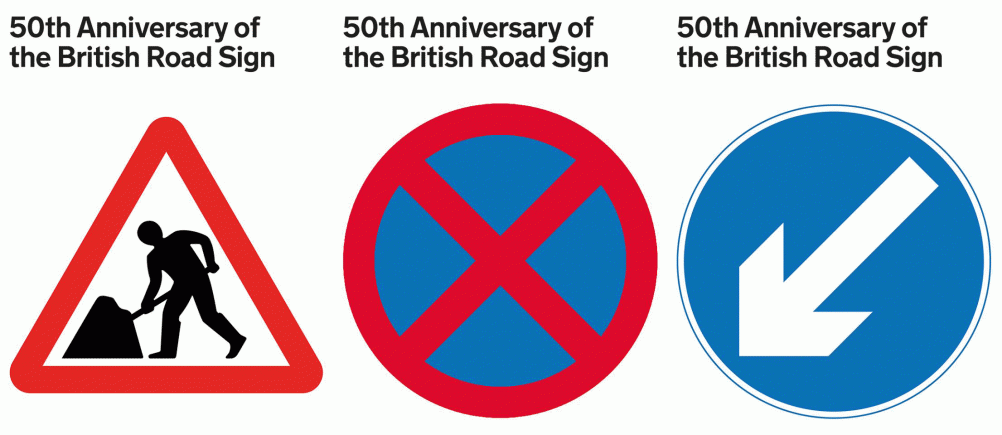
On 1 January 1965 the British road signage system, created by Margaret Calvert and Jock Kinneir, came into law.
In the 50 years since its launch, the road signage system has come to be seen as one of the most successful information design projects ever produced in this country.
Kinneir died in 1994 but Calvert continues to work, most notably acting as a consultant on the recent Gov.uk project to redesign the UK Government’s website. Last month she was awarded the President’s Medal by D&AD President Mark Bonner. Later this month the road signs will be the subject of an exhibition and talk at Sheffield Design Week.
Mile-a-minute typography
Before the introduction of Calvert and Kinneir’s signage, road signs in Great Britain were a mish-mash of different designs commissioned and created by various bodies.
In 1961, designer Herbert Spencer drove around the roads of Britain photographing the plethora of different sign designs on the network. The resulting images were published in Spencer’s magazine Typographica, under the headline Mile-a-minute typography. In the piece, Spencer voiced “an urgent need to review the whole system of British road signs and especially to adopt simple pictorial symbols in place of the wordy and often ambiguous notices at present in use”.
In response to Spencer’s lobbying, the government set up the Worboys Committee in July 1963 to review signage on all British roads. The committee appointed Kinneir and Calvert to develop the new system.
“Driving towards the absolute essence”
Since the late 1950s, Calvert and Kinneir had been working on signage for the new motorway network that that the Ministry of Transport was laying across the country. They wanted to develop a system that would be as easy as possible to understand.
Kinneir is quoted in an article for the Design Museum as saying that he started with the question: “What do I want to know, trying to read a design at speed?”, while Calvert says: “Style never came into it. You were driving towards the absolute essence.”
Calvert and Kinneir developed the Motorway and Transport typefaces, based on Aksidenz Grotesk, and placed each letter in the sign in a letter tile to create the right spacing.
They also mixed upper and lower-case letters, in contrast to the previous convention of using block upper-case letters. Calvert has said this is to aid word recognition, which is quicker in mixed-case words than in reading individual capital letters.
The sign system was tested at an underground car-park in London and also at Hyde Park before being installed for trials at the Preston bypass in Lancashire in 1958. To test the signs’ legibility, Calvert and Kinneir would apparently drive past their prototypes at 60mph in the rain at night.
“We were designing for purpose”
Following the success of their motorway signage system, Calvert and Kinneir were appointed to develop a signage system for all British roads.
The resulting system uses the Transport typeface, while different shapes indicate different meanings – for example rectangular signs are generally informational and warning signs are triangular.
Pictograms rather than words are used on many of the signs. Most famously, Calvert based the girl in the Children Crossing sign on an image of her as a child.
In a 2010 interview on Top Gear, Calvert said: “We were designing for purpose. We were designing something that wouldn’t look dated in five or ten years’ time.” The designs were collected in the Traffic Signs Regulations and General Directions document, which came into force in 1965. The system is still in use 50 years later.
Speaking ahead of Calvert receiving the President’s Medal, typographer Henrik Kubel, who has collaborated with her on a number of projects, said: “[The designs] were changing the world in the ‘50s, ‘60s and ‘70s and they still do. They still look fresh and they still work amazingly well.”
50 signs for 50 years
To mark the 50th anniversary of the road signs’ launch, an exhibition is being held at Sheffield’s Made North Gallery, which will see 50 artists and designers create their own versions of the road signs.
Contributors include Mike Dempsey, Mark Bonner, Spin and Jonathan Barnbrook. Calvert has selected five of the 50 designs, which will be turned into prints for the London Design Festival in September, where all the designs will also be displayed.
Sheffield Design Week is also holding a talk on 18 June, where Design Museum director Deyan Sudjic will discuss the impact of the signage system with Corin Mellor of David Mellor Design and Calvert collaborators Ben Terrett of the Government Digital Service and Henrik Kubel of A2/SW/HK.
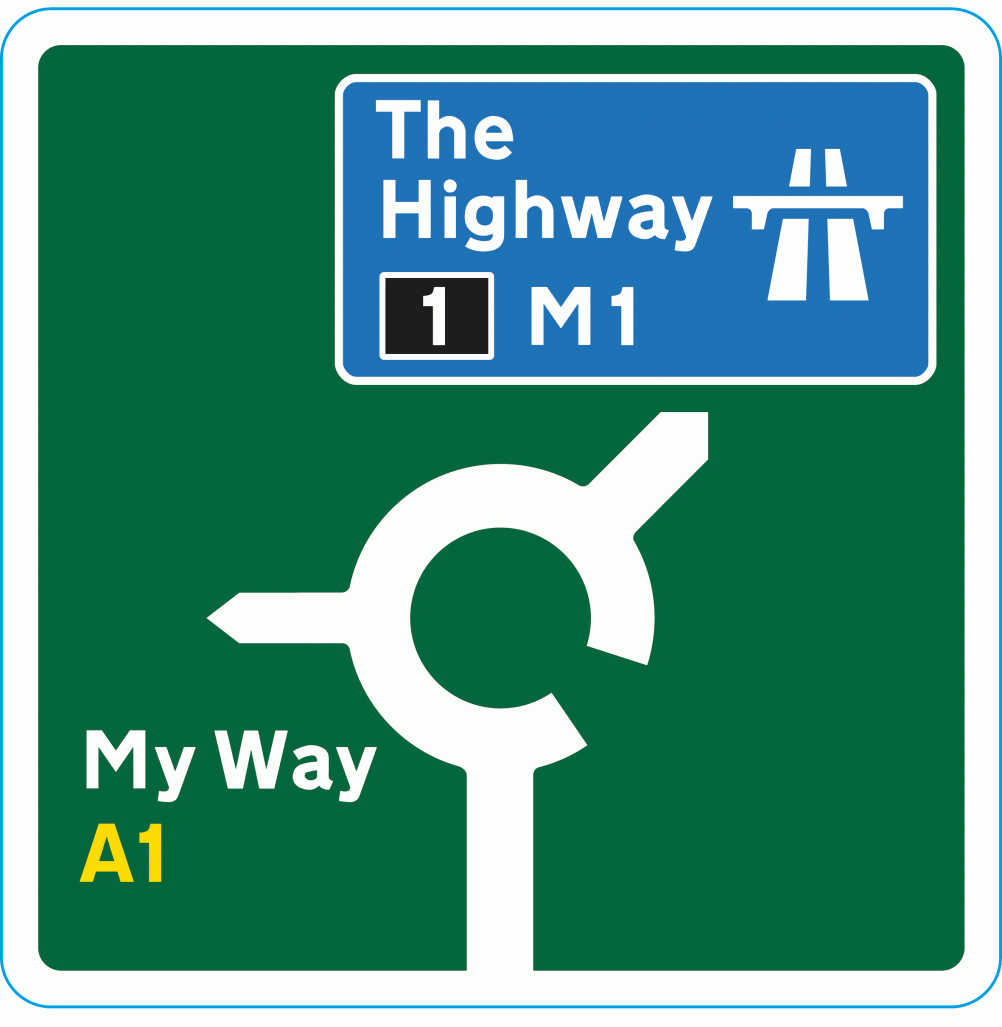
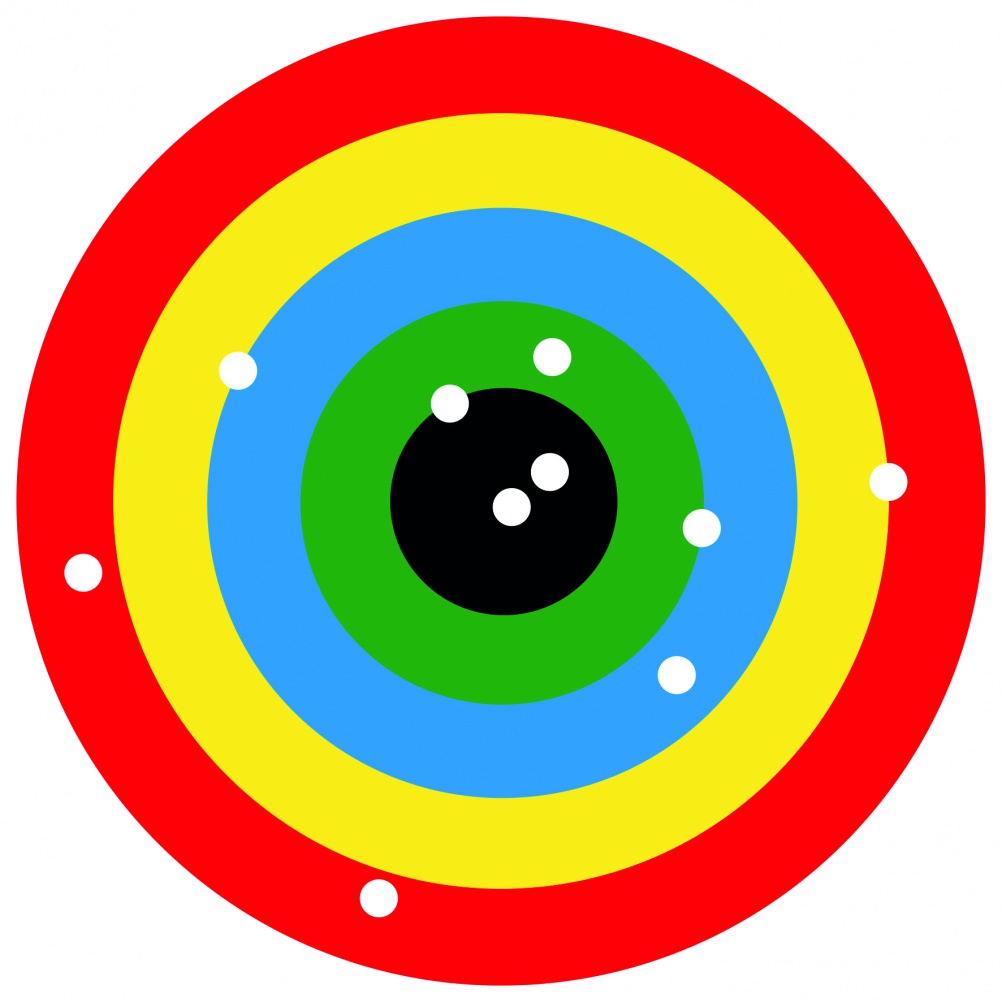

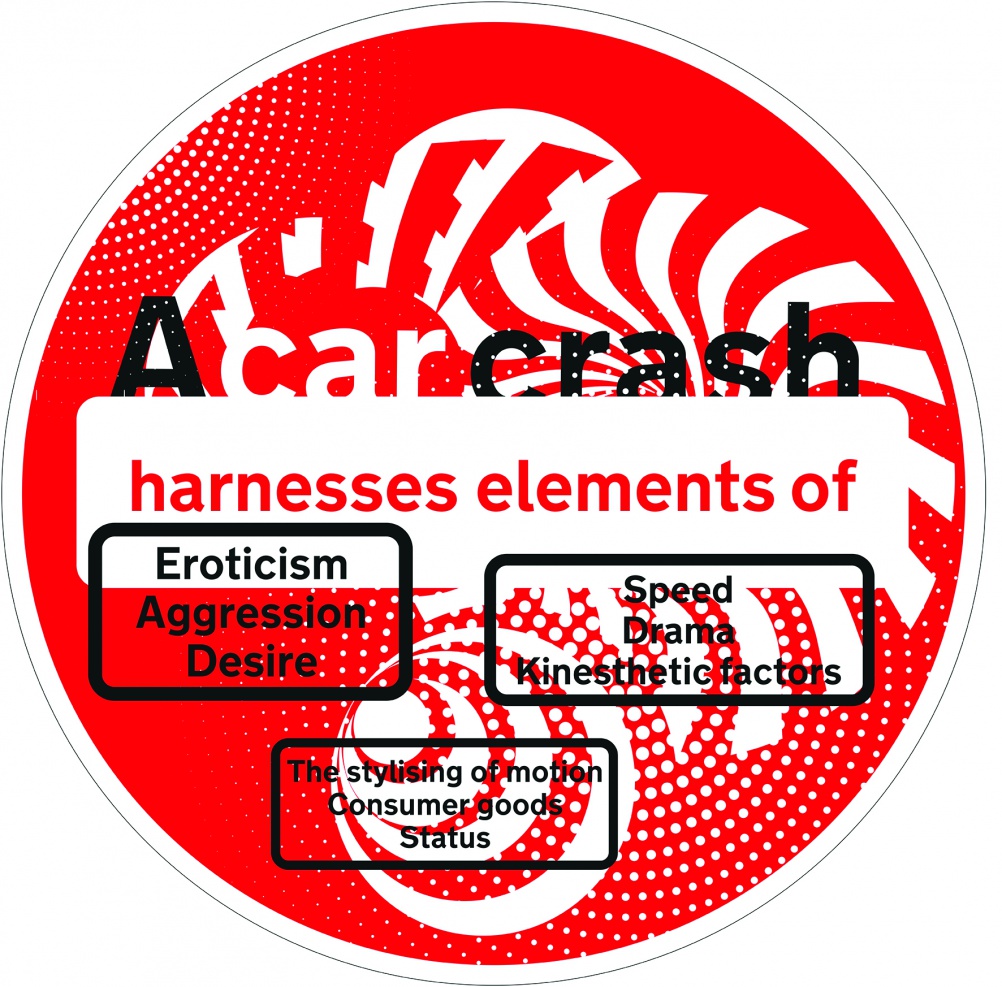
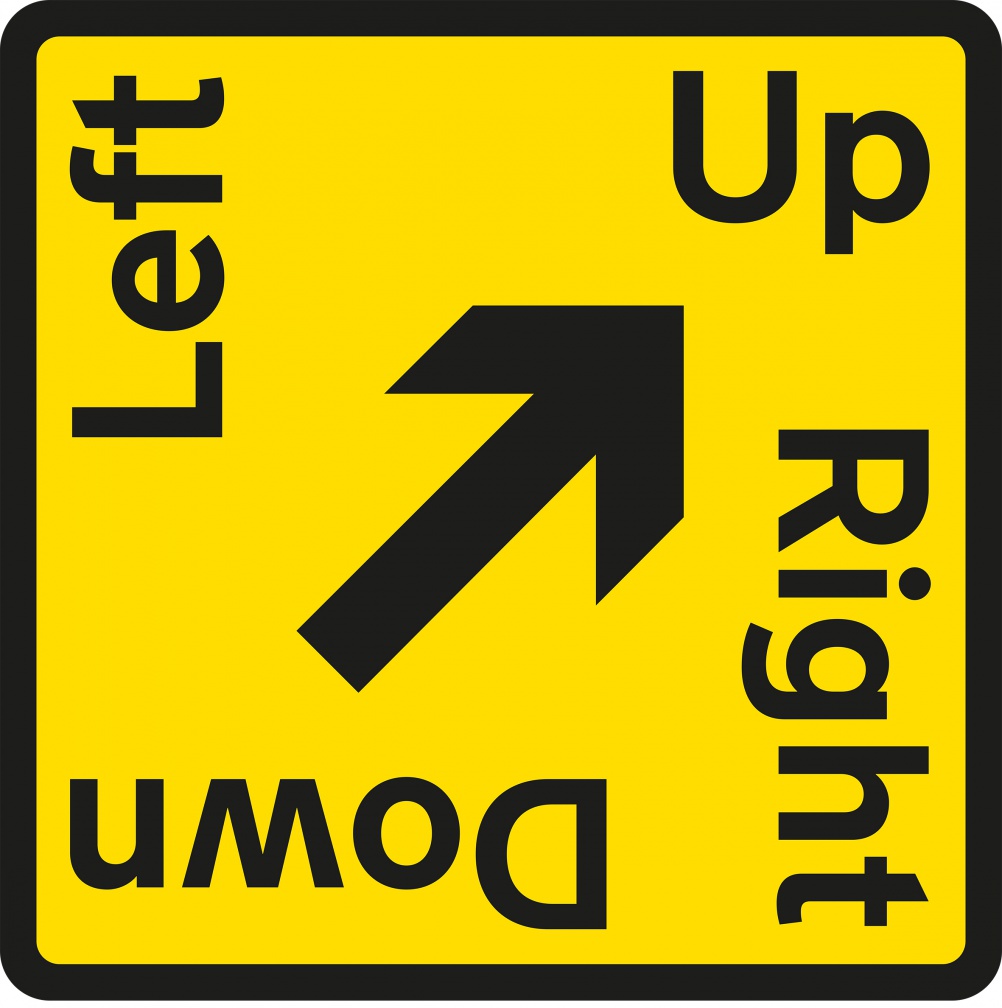
Sheffield Design Week runs from 13-21 June. For more information visit www.sheffielddesignweek.co.uk.
-
Post a comment




